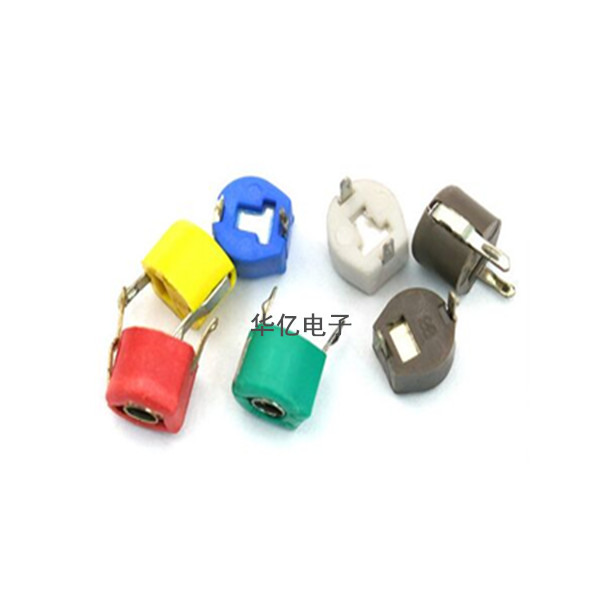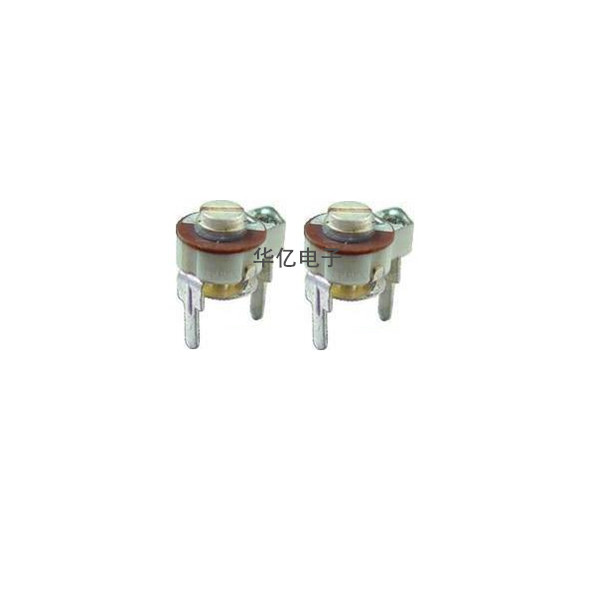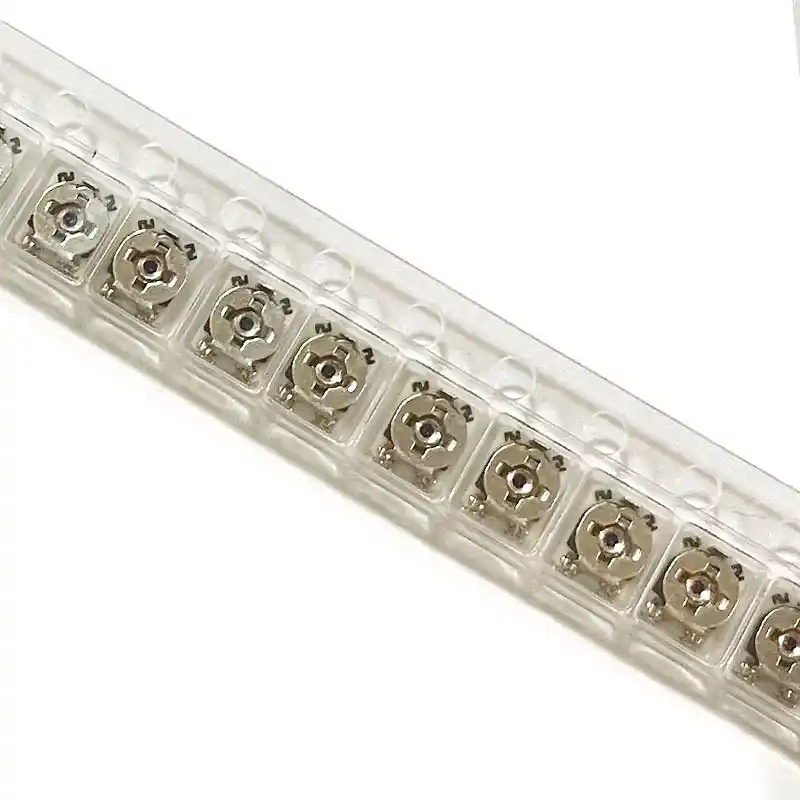Laser Trimming is a technique that uses laser to fine tune the resistance value, which plays an important role in electronic component manufacturing. Its main functions and applications are as follows:
1. Accurately adjust the resistance value
Fine tuning accuracy: The high focusing performance of the laser can perform nanoscale processing on resistive materials, adjusting the resistance value to the precise range required by the design (such as ± 0.1% or even higher accuracy).
Compensating for manufacturing deviations: In the production process of thin film or thick film resistors, small fluctuations in materials or processes can cause deviations in resistance values, and laser resistance adjustment can correct these errors in real time.
2. Improve circuit performance
Matching key parameters: In analog circuits such as operational amplifiers and ADC/DAC, the resistance of paired resistors is highly consistent by adjusting the resistance to reduce signal distortion.
Optimization function module: for example, in the sensor circuit, resistance adjustment can calibrate the sensitivity or temperature compensation resistance to improve the overall accuracy.
3. Improve production efficiency and yield
Automated rapid adjustment: Laser resistance adjustment is integrated into the production line, and through real-time detection and adjustment by the automation system, the production cycle is greatly shortened.
Reduce scrap rate: Traditional mechanical resistance adjustment may damage components, while laser non-contact processing avoids physical stress and reduces the risk of damage.
4. Application Fields
-High precision instruments such as multimeters and oscilloscopes rely on impedance tuning to ensure accuracy.
-Semiconductor chip: The thin film resistor network in integrated circuits needs to achieve specific functions through resistor tuning.
-Automotive electronics: Engine control units (ECUs), sensors, etc. require high reliability, and adjusting resistance can enhance stability.
-Communication equipment: Impedance matching in 5G modules and RF circuits requires precise adjustment.
5. Technical advantages
-Non contact processing: avoids mechanical wear or contamination, suitable for miniaturized components.
-Flexibility: Programmable control to adapt to different resistance materials and shapes (such as straight, L-shaped, or curved cutting).
-Long term stability: The resistance structure after resistance adjustment is stable, with low temperature drift and aging effects.
Example Explanation
-Thick film resistor tuning: After printing resistor paste on a ceramic substrate, the resistor body is laser cut to adjust the resistance value by changing the length or cross-sectional area of the conductive path.
-Integrated circuit calibration: During the wafer testing phase, laser correction is directly applied
to the thin film resistors on the chip to ensure that the factory performance meets the standards.
summarize
The core function of laser impedance tuning is to achieve precise control and optimization of resistance values, thereby improving the performance, reliability, and consistency of electronic components, especially in high-precision and high stability application scenarios.







